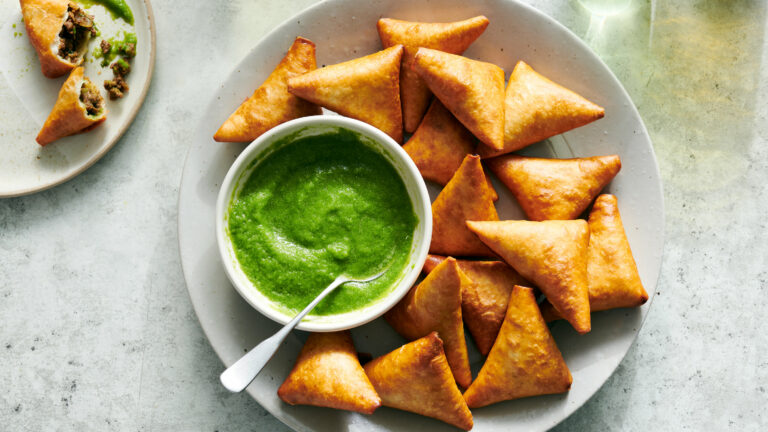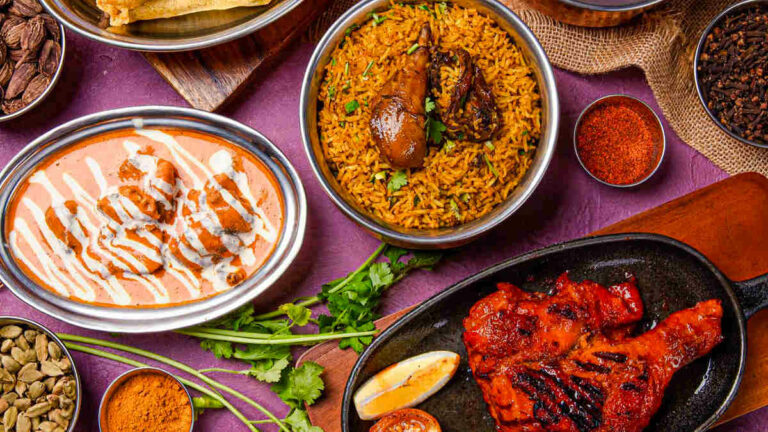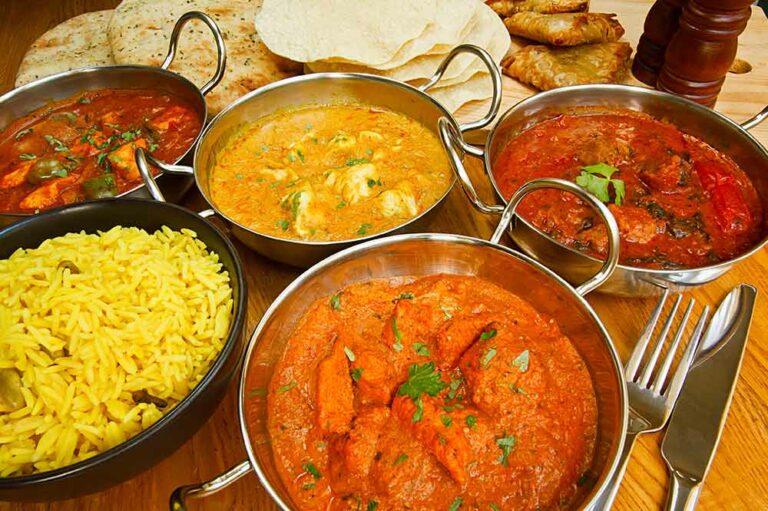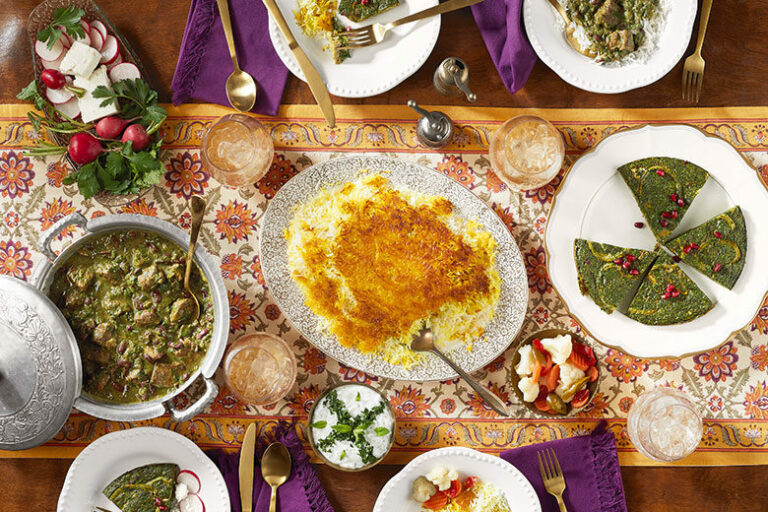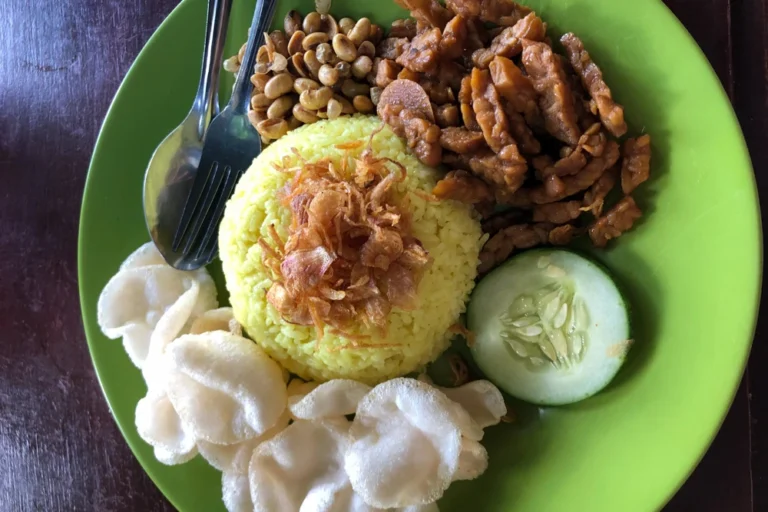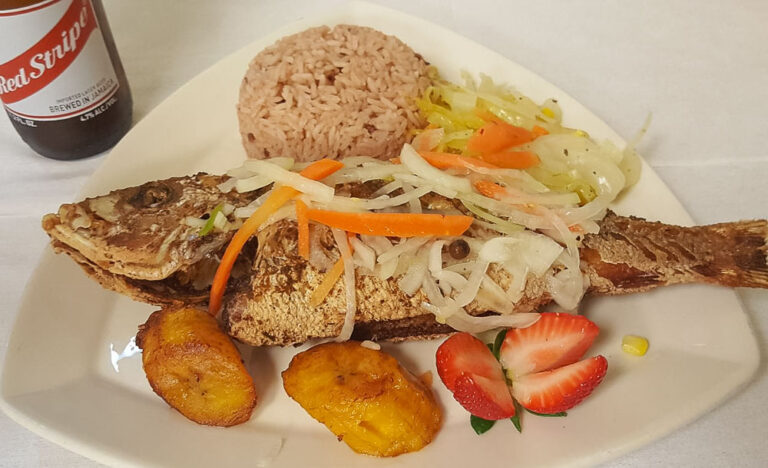Introduction to Holy See Cuisine
The Holy See is a sovereign entity located within the city of Rome, Italy. It is the central governing body of the Catholic Church, and the Pope is its head. The Holy See has a long history of culinary traditions, which date back to the ancient Roman Empire. In fact, many of the dishes that are now considered to be part of Italian cuisine were first created in the Holy See.
Ingredients and Cooking Techniques
Holy See cuisine is a combination of Italian and Mediterranean flavors, using locally-sourced ingredients such as olives, tomatoes, and pasta. The cooking techniques vary depending on the region, but generally involve simple preparations that showcase the natural flavors of the ingredients. Many of the dishes are also influenced by the Catholic Church’s dietary restrictions, such as Lenten fasting, which prohibits the consumption of meat on certain days.
A Look at Regional Specialties
Despite being a small sovereign entity, the Holy See has several regional specialties that are unique to its cuisine. One such specialty is the torta pasqualina, a savory pie made with spinach, ricotta cheese, and eggs. This dish is traditionally eaten during the Easter season. Another specialty is the rigatoni con la pajata, a pasta dish made with the intestines of a suckling calf. This dish is popular in Rome but is not widely available outside of the region.
Differences in Northern and Southern Cuisine
As with Italian cuisine, there are regional differences in Holy See cuisine. Northern cuisine tends to be richer and heavier, with dishes such as polenta and risotto. Southern cuisine, on the other hand, is lighter and focuses more on seafood and vegetables. The cooking techniques also vary, with the north favoring butter and cream, while the south uses olive oil and tomato sauce.
The Influence of Italian Cuisine
Italian cuisine has had a significant influence on Holy See cuisine, especially since the Holy See is located within Italy. However, Holy See cuisine also has its own unique identity, with many dishes that are not found in other parts of Italy. This cuisine has been shaped by the Catholic Church’s dietary restrictions and the availability of local ingredients.
Conclusion: Holy See Cuisine is Unique
In conclusion, Holy See cuisine is a unique blend of Italian and Mediterranean flavors, with its own regional specialties and cooking techniques. Despite its small size, the Holy See has made a significant contribution to the culinary world, and its cuisine continues to be enjoyed by locals and tourists alike. Whether you’re trying a traditional dish like torta pasqualina or a modern interpretation of a classic recipe, Holy See cuisine is sure to delight your taste buds.

